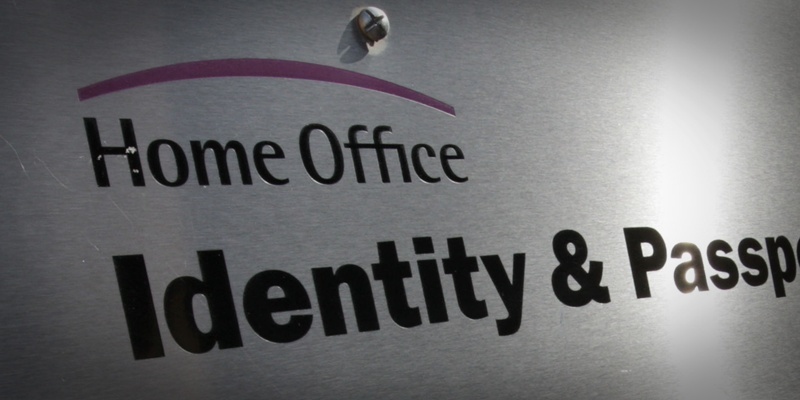Net migration to the UK rose by 20% to nearly a quarter of a million people last year.
The number of long-term immigrants arriving in the UK was 575,000, while emigration fell to 336,000. This included an eight-fold increase to 39,000 in the number of immigrants from the so-called A8 eastern European countries of the Czech Republic, Poland, Hungary, Slovakia, Slovenia, Estonia, Latvia and Lithuania.
Overall net migration last year stood at 239,000 up from 198,000 in 2009.
The Office for National Statistics put the UK rise down to the fall in people leaving the UK to work abroad, which fell from 427,000 in 2009.
Figures released by the General Register for Scotland earlier this month revealed a similar trend in Scotland, with the number of immigrants arriving from overseas increasing while the number of Scots departing for a new life abroad fell.
In 2010 46,100 immigrants arrived in Scotland and 24,600 emigrated. The year before new arrivals also numbered 46,100 while 25,200 left.
This week’s figures reveal that most immigrants arriving in the UK 228,000 have come to study. Three-quarters of those were from outside the EU.
The number of people arriving in the UK for a definite job fell to 110,000, the lowest level in six years.
Similarly, the number of Britons leaving to take up a job offer overseas fell to 179,000, its lowest level in three years.
The number of people granted settlement in the UK reached a record high of 241,000 last year, partly due to the number of people being allowed to stay as the backlog of asylum cases was cleared, other figures published by the Home Office showed.
Work-related settlement grants also reached a record last year of 84,000, reflecting high numbers admitted for work five years earlier.
Continued…
But figures for the first half of this year showed an 8% fall in the number of people being granted settlement, down to 208,000, with falls in both the work and family categories.
A total of 195,000 people were granted British citizenship last year, down from the record high of 204,000 in 2009 but more than double the level of a decade earlier.
Numbers applying for asylum also fell in 2010, but has started to rise again this year with 4800 applications between April and June up 9% from the same quarter in 2010 and mainly due to a rise in applications from Pakistan and Libya.
Matt Cavanagh, associate director of the Institute for Public Policy Research, said the UK Government has failed to live up to promises to cut immigration levels.
He said: “Before the election, Conservatives and Liberal Democrats said immigration was out of control afterwards, they said they would cut it dramatically. Neither was true.
“Today’s figures reinforce how stable immigration has been both before and after the election the ONS estimate non-British immigration for 2010 at 455,000, compared to 437,000 in 2009 and broadly stable since 2006.
“Emigration has continued to fall, down over 20% since 2008, meaning that net inward migration, the Conservatives’ chosen target, remains high at 239,000, a 21% increase on 2009.”
Immigration minister Damian Green said: “After almost two years of increasing net migration the figures stabilised in the last quarter. This explains why the government radically changed immigration policy, from our first months in office, to drive the numbers down with a limit on economic migration and changes to student visas to ensure we attract the brightest and best while tackling widespread abuse of the system.
“These statistics cover a period before we introduced our radical changes to the immigration system to bring net migration back down to the tens of thousands. These headline net figures also disguise an even more concerning trend, and that is the transfer of population made clear by the gross figures which show that over half a million more than the population of Sheffield have arrived in the last year, while 336,000 have left.
“The social impacts of this are even greater than the bald figures make clear.”
Shadow Home Office minister Shabana Mahmood said: “These figures reveal the gulf between the government’s rhetoric on immigration, and the reality we see in the official figures. Since an immigration cap was introduced by the Government, the number of work-related visas issued has gone up.
“The Prime Minister said: ‘No ifs, no buts’ on immigration but, on the contrary, ‘ifs and buts’ sum up the Government.”
